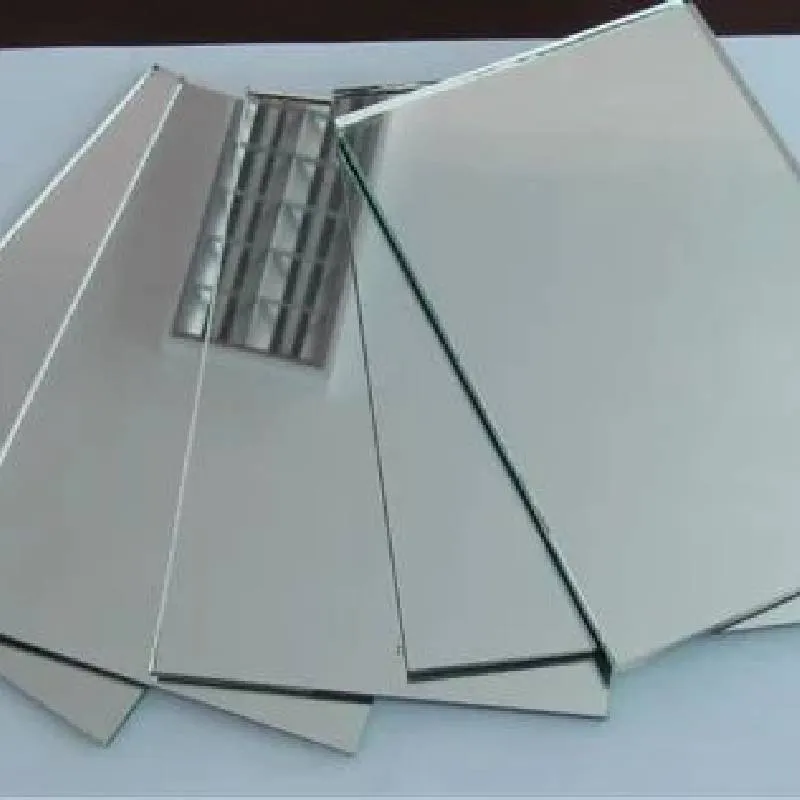

High Solar Gain Low E Glass A Sustainable Solution for Modern Architecture
In the current landscape of architectural design, the quest for energy efficiency and sustainability is more pertinent than ever. Among the various innovations in building materials, high solar gain low emissivity (Low E) glass has emerged as a groundbreaking solution that combines aesthetics with functionality. This advanced glazing technology not only enhances the visual appeal of a building but also contributes significantly to energy savings and indoor comfort.
Understanding Low E Glass
Low E glass is coated with a thin layer of material that reflects infrared light, helping to regulate indoor temperatures. This coating allows visible light to pass through while reflecting heat back into the building during winter months, thereby reducing heating costs. Conversely, during summer, the same glass minimizes solar heat gain, keeping indoor spaces cooler and more comfortable. This dual functionality makes Low E glass particularly attractive for climates with extreme seasonal variations.
High Solar Gain Properties
The “high solar gain” aspect of this glass refers to its ability to allow a significant amount of sunlight to enter a building, while still managing heat buildup. This is particularly beneficial in cooler climates or during the winter months when natural sunlight can help reduce the need for artificial lighting and heating. By maximizing solar heat gain, these windows can contribute to a building’s passive heating strategy, making architectural spaces more inviting without compromising on comfort.
Benefits of High Solar Gain Low E Glass
1. Energy Efficiency One of the most noteworthy benefits of high solar gain Low E glass is its energy-saving potential. By harnessing sunlight effectively, buildings can minimize energy consumption for heating and lighting. This can lead to a substantial reduction in utility bills, making it an economically viable choice.

2. Enhanced Comfort This type of glass helps maintain a stable indoor temperature. In winter, it captures solar warmth, and in summer, it reduces unwanted heat. The result is comfortable living and working environments, leading to improved productivity and well-being for occupants.
3. Environmental Impact With the growing emphasis on sustainability, high solar gain Low E glass plays a crucial role in decreasing a building's carbon footprint. By lowering the reliance on heating and cooling systems, it helps reduce greenhouse gas emissions, aligning with global efforts to combat climate change.
4. Aesthetic Appeal Beyond functional advantages, high solar gain Low E glass adds a sleek and modern aesthetic to any building. Its clarity and ability to let in natural light enhance the visual appeal of both residential and commercial spaces, making it a favorite among architects and designers.
5. Durability and Maintenance Low E glass is not only energy-efficient but also known for its durability. Its ease of maintenance ensures that the glass retains its performance over time. With minimal care, these windows can last for decades, providing long-term benefits for property owners.
Applications in Modern Architecture
High solar gain Low E glass is being widely adopted in various architectural applications. From skyscrapers to residential homes, its versatility makes it suitable for a range of designs. In office buildings, large glass facades utilize this technology to promote natural lighting and reduce the reliance on artificial illumination. In homes, strategically placed windows can capture stunning views while maintaining energy efficiency.
Conclusion
As society progresses towards a more sustainable future, materials like high solar gain Low E glass become essential in the architectural toolkit. By blending performance with aesthetics, this innovative glazing option is revolutionizing the way we think about building design and energy use. Architects, builders, and homeowners alike can leverage the advantages of high solar gain Low E glass to create structures that are not only beautiful but also environmentally responsible. Embracing such technologies will be critical as we strive to build a more sustainable built environment for future generations.